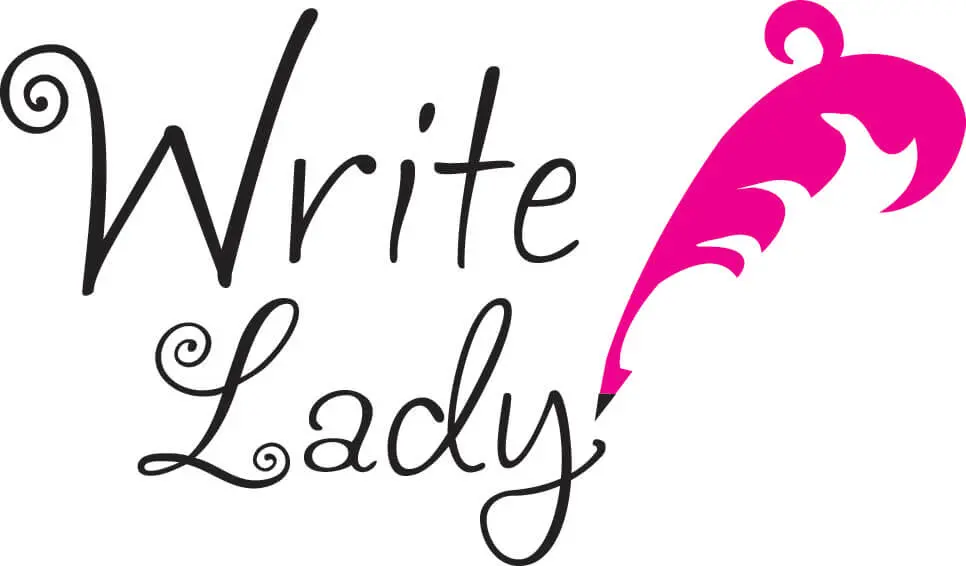What’s wrong with comparing two different things to make a point?
Drawing parallels between A and B can be effective in clarifying a situation, concept, position, etc., but logic must prevail. Consider the following scenarios.
Crayons vs. Colored Pencils
An older sister wants her younger brother to understand why “borrowing” something that belongs to another person without permission is wrong. “Without first asking me,” she says, “you took the pencils I need for my art class to color almost every page of your coloring book. How would you feel if I secretly took the new box of crayons that Mom bought you for kindergarten to color a bunch of sketches?”
The example is fair and relatable.
However, what if the big sister instead exclaimed, “How would you feel if I tossed all your crayons on the floor and stomped on each one!”
The sister’s remark would convey her belief that her art class is more important than his kindergarten experience, so the offense of having someone use her pencils is as bad as having all his crayons broken.
The kindergartener would recognize her bias as well as the difference between using and destroying. Thus, the latter comparison—a false equivalence—would fail to impress the child. More likely, the little brother would be inclined to insist that he didn’t do anything so terrible, and his sister was overreacting.
Ghostwriter vs. Apprentice Painter
A town is buzzing with the news that a prominent local artist’s apprentice has had a significant hand in producing oils that bear the artist’s signature. For the prior two years, Frederick, the artist, was providing rough sketches on canvas for his apprentice to paint. After an art critic noticed a shift in the technique, the artist confessed that he developed an arthritic condition that prevented him from controlling a brush. He argued, nonetheless, that he was directing his apprentice’s every color choice and stroke.
Discussing the scandal among his colleagues, Bob, a longtime collector of Frederick’s paintings, attempts to draw a parallel to a ghostwritten autobiography published by Carmen, a prominent entrepreneur in the community. He contends, “Just as Fredrick didn’t apply the oil, Carmen didn’t type the words, yet both are the masterminds of important work which would not exist without them.”
Bob’s assessment omits the most pertinent factor: integrity.
Ghostwritten material can legitimately be attributed to the source, a.k.a. the named author. Further, ghostwriters can freely enter legal contracts that stipulate they will not be credited publicly. In contrast, a painting created by anyone other than the signed artist is deemed a fraud, as is anyone who perpetuates the deception.
Besides revealing Bob’s bias toward his artist friend, his argument compels others to wonder if he’s mainly interested in protecting the value of his art collection. Also, is Bob dragging Carmen into the picture because he has something against her, or is he merely ignorant of ghostwriting agreements? And where is his moral compass? Is Bob a trustworthy person?
Before relying upon a false equivalence to qualify a position, we’re wise to challenge the relevance of A to B and to question our motives for connecting them.
- When I evaluate the situation without prejudice, does the example hold up?
- Are any self-serving goals influencing my stance?
- Am I fully informed about the issues and parties involved?
- Am I being petty?
- Am I being deceptive?
- Have I been gullible in accepting the information or views upon which I am relying to make this claim?
False equivalences are the downfall of so many people who allow their biases to filter out facts and common sense. Of course, some people know precisely what they’re doing, believing their audiences are too lazy to question them or not smart enough to catch on.
While fooling some, at least temporarily, false equivalences inevitably fail to impress critical thinkers … like you!
Sallie W. Boyles, a.k.a. Write Lady Thoughts or questions? Please contact Sallie Boyles, owner of Write Lady Inc., to exchange ideas about effective communications and gain from professional writing and editing services. Receive monthly tips and insights by subscribing at https://WriteLady.com.
